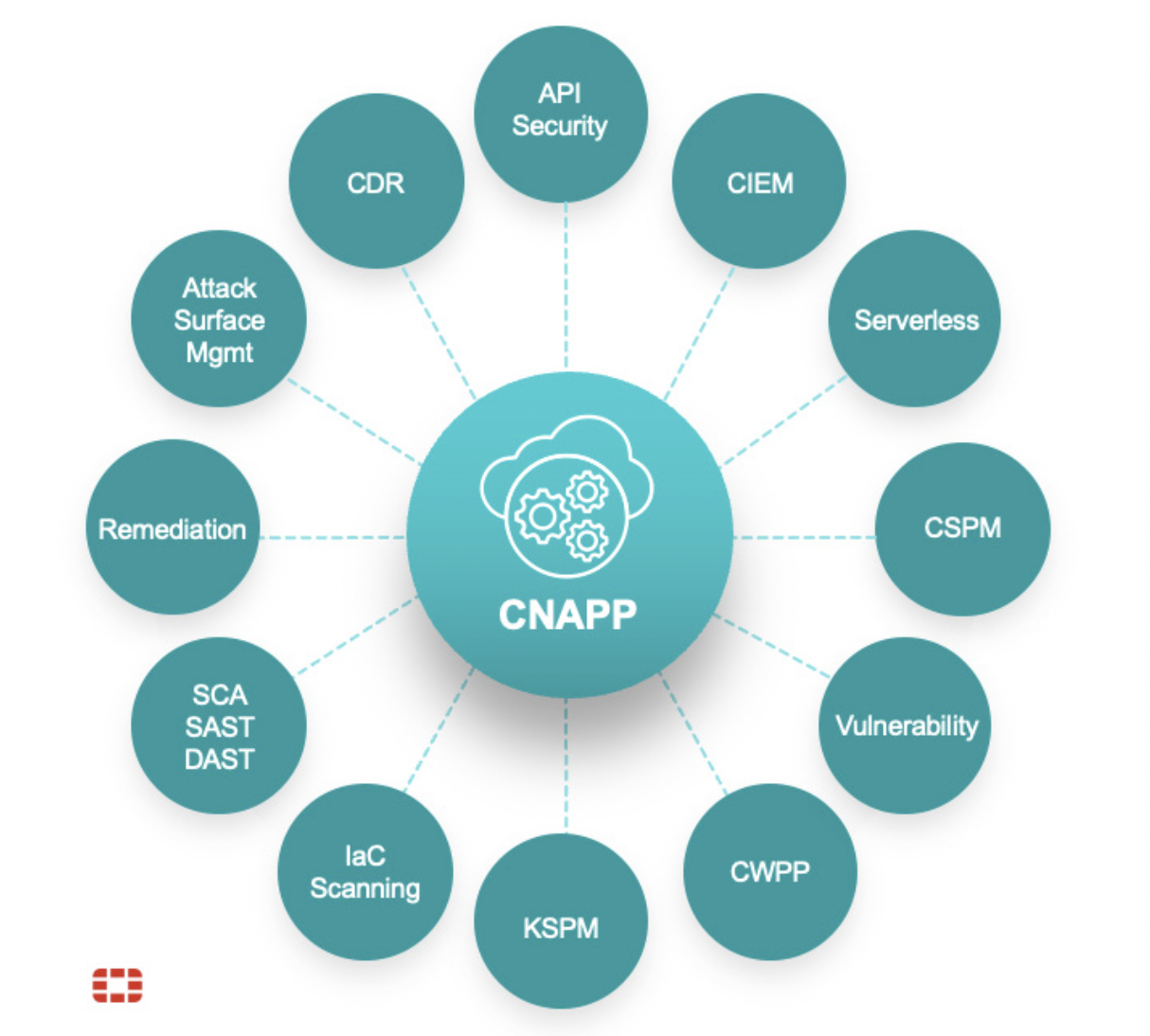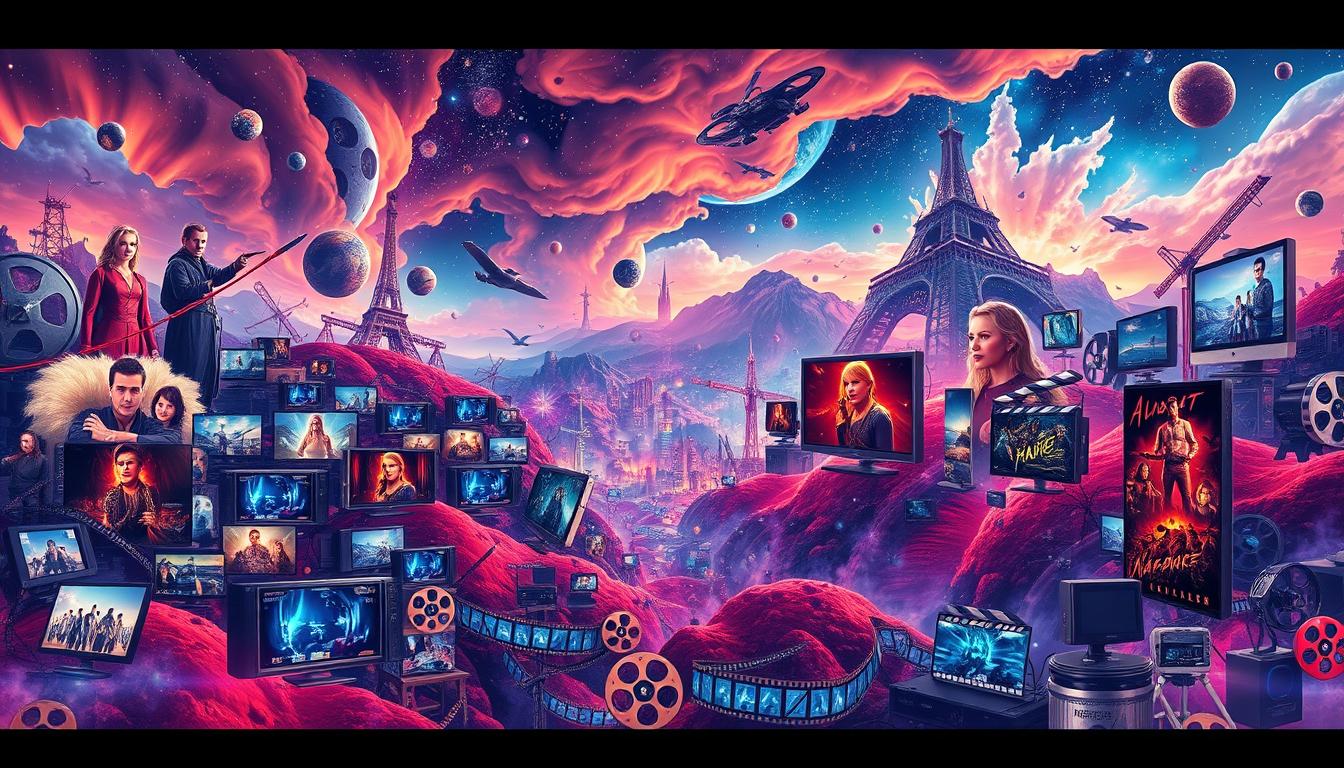Kay Healy is a Philadelphia based artist who joined me for our second ever podcast style interview. Kay screen prints onto fabric that she turns into amazing sculpture/ installations. Kay talked to me about how her projects, Coming Home, Lost and Found, her internment camp series and how her works has shifted over the last few years, to embracing the unknown, unrepresentative, and not-easily identified.
Artist Statement of Kay Healy
Since 2008 I have been creating large-scale screenprints of furniture, based on images I have found online, from my childhood, and most recently a series created based on other people’s descriptions of their childhood homes. Through my art I investigate themes of transience and the search for stability in an ever-changing world. I am by nature a nostalgic person and am very interested in how an object as mundane as a plastic salad spinner can embody vivid memories of people, events, and periods of someone’s life.
Screenprinting allows me to make large-scale works that I can detach from with relative ease. If I made large-scale paintings, each one would be too precious to wheatpaste onto buildings or gallery walls, which destroys the art object. In direct contrast to my nostalgic impulses with the original objects, working with the multiple enables me to let go of the pieces and spread them throughout the community.










